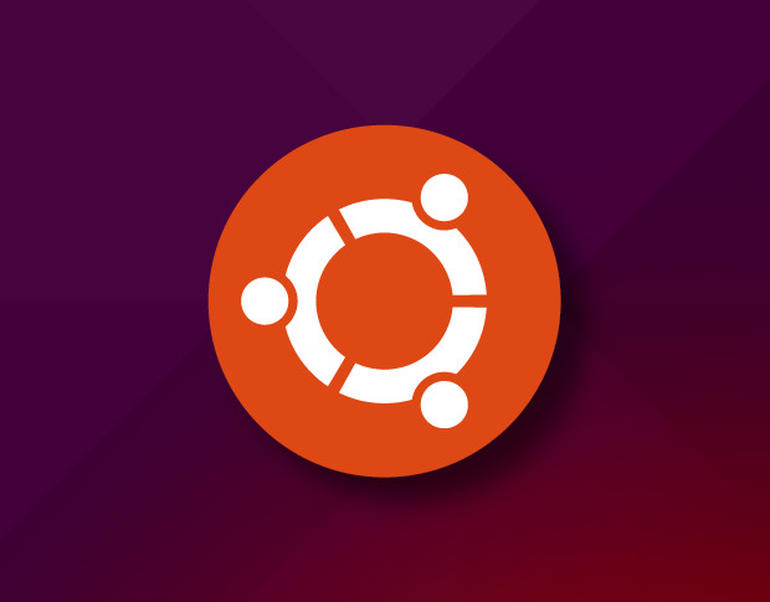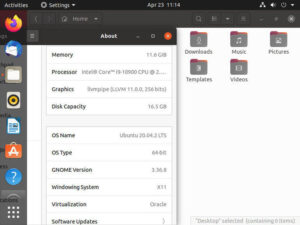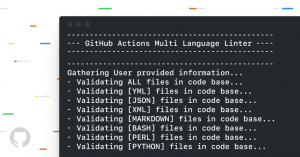If you’ve been waiting for the return of the Unity desktop, your wait is over. Ubuntu Unity is a fresh take on the once-defunct interface.

Image: Jack Wallen
This will be an unpopular opinion among many members in the Linux community, however, I wholeheartedly believe that Ubuntu Unity was one of the most efficient desktops to have ever been created. It was also the perfect desktop environment to get the most out of using a laptop on the go.
But, on April 5, 2017, Ubuntu decided to drop the Unity interface, in favor of GNOME. This was a wise choice by Ubuntu, as Unity development had stalled thanks to the failed efforts to get the Ubuntu Phone off the ground. By switching to GNOME, Ubuntu didn’t have to continually reinvent the wheel. Instead, Ubuntu could do what it does best–concentrate on improving one of the most user-friendly and stable operating systems on the market.
Although I could justify that decision in my mind, my fingers and my heart wanted Unity to remain.
But why?
As I’ve said, Unity was all about efficiency and although the developers and designers of Ubuntu have done an outstanding job tweaking GNOME to look somewhat like the desktop users had grown accustomed to, GNOME is not Unity. For me, that desktop is missing one invaluable component–the Global Menu+HUD combo.
SEE: 10 free alternatives to Microsoft Word and Excel (TechRepublic download)
What is the Global Menu?
Simply put, the Global Menu with the combination of the Head Up Display (HUD) replaced the standard application menu system with a searchable interface. So, instead of having to look for an entry in a menu, you opened the HUD by using the Alt key on your keyboard and then searched for the menu entry you want. It was the most elegant menu system ever created and it made working with applications incredibly efficient. For anyone who preferred to keep their fingers on their keys and off the mouse or trackpad, it was a dream come true.
This was a solution to a problem you had no idea existed, but once you experienced using the Global Menu+HUD combo, going back to the standard menu systems became an exercise in inefficiency. No one using a laptop for work, wants to deal with an inefficient interface. You need your desktop work for you, not the other way around.
Welcome back
Unity is back as is your ticket out of a world of inefficient desktop interfaces that made using a laptop a less-than-ideal proposition. For those who’ve lauded Ubuntu’s choice to switch to GNOME, fear not–Ubuntu is sticking with GNOME. Unity, on the other hand, has made its return, thanks to the likes of the Ubuntu Unity desktop distribution. It’s a fresh take on an old, once defunct favorite.
Ubuntu Unity is, as you would expect, is built on top of Ubuntu (version 20.04) and has all of the goodness found in Unity 7, with the addition of the more modern Yaro and Papirus theming. Out of the box, you might easily mistake it for a standard Ubuntu desktop (Figure A).
Figure A
” data-credit rel=”noopener noreferrer nofollow”>

The Ubuntu Unity desktop looks immediately familiar.
The reason for this familiarity is because, as I mentioned earlier, the Ubuntu devs intentionally tweaked GNOME to look like Unity. It’s not until you hit Alt with an application open that you see that game-changing HUD goodness (Figure B).
Figure B
” data-credit rel=”noopener noreferrer nofollow”>

The Ubuntu Unity Global Menu+HUD combination makes for an efficient interface.
Snaptastic
Unlike Linux Mint’s short-sighted dropping of snap package support, Ubuntu Unity remains in solidarity with snap and includes support for the universal package system out of the box. Snap support is also rolled into the Software tool, so you can install both .deb and snap packages with ease.
As far as included packages, you’ll find the usual array of entries:
-
LibreOffice
-
Firefox
-
Geary and Thunderbird email clients
-
Cheese
-
Remmina Remote Desktop Client
-
Rhythmbox Music Player
-
Shotwell Photo Manager
-
Synaptic Package Manager
-
Transmission BitTorrent client
-
Unity Tweak Tool
-
kernel 5.4.0-37
To add into that mix, all of the GNOME apps are from version 3.36.1.1, so Ubuntu Unity keeps GNOME fairly up-to-date.
Performance
I installed Ubuntu Unity on a VirtualBox VM (with a paultry 3GB of RAM), and performance was on par with any modern Linux distribution I use. Applications open very quickly, updates run as smoothly as you’d expect, and compiling apps from source is fast. So, if you’re wondering how Ubuntu Unity will compare to the standard Ubuntu, set your concerns aside.
Not everyone’s cuppa
I will admit, Ubuntu Unity isn’t everyone’s cup o’ tea, but for those that did appreciate what Ubuntu was doing, prior to the Unity 8/Mir debacle, you’ll welcome Ubuntu Unity with fingers ready to remain on the keyboard. Ubuntu Unity was a thing of efficient beauty and no other desktop could compare to what it offered. Now, thanks to Ubuntu Unity, we can all go back in time when the Ubuntu desktop interface was something unique and unifying.
Although the Linux community is widely divided on which desktop/distribution/file system/init system/text editor/browser/cursor/theme is best, there can be no doubt that choice is generally considered a good thing and when using Linux, choices abound. To me, that’s always been one of the best selling points of the open source desktop operating system: If there’s something you don’t like about what you’re using, change it. For those that did enjoy the Unity desktop, you can once again enjoy that incredibly efficient and elegant interface, thanks to Ubuntu Unity.
Also see
Source of Article




